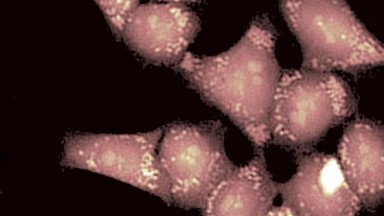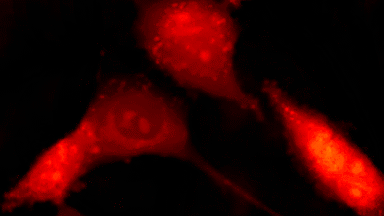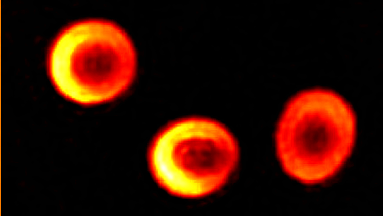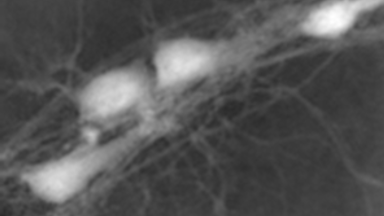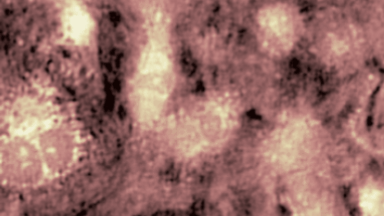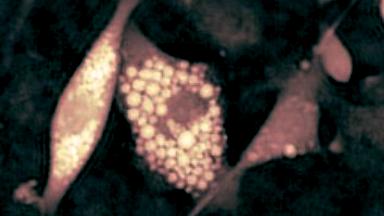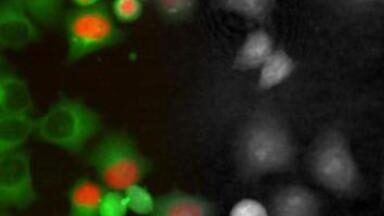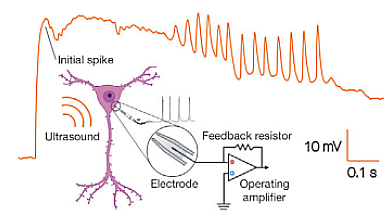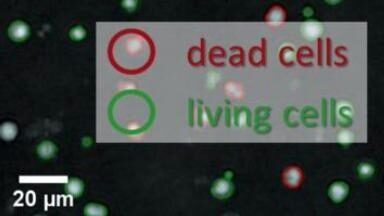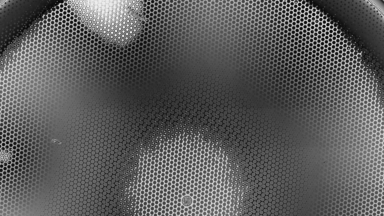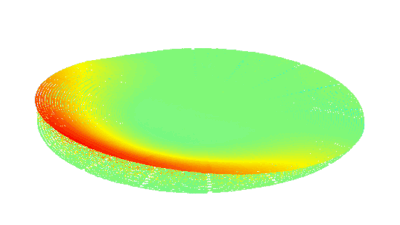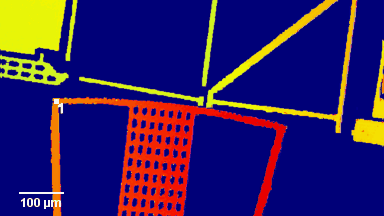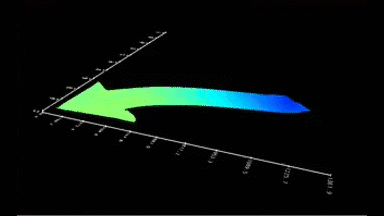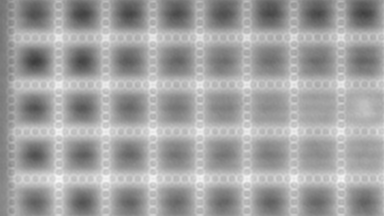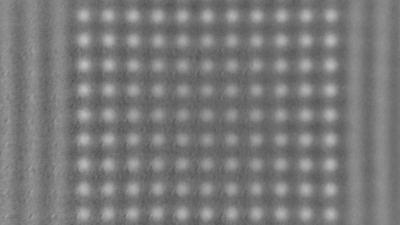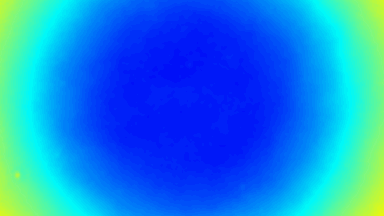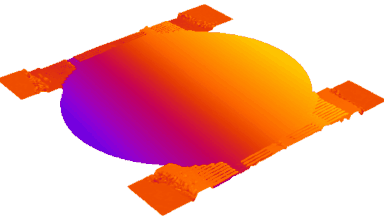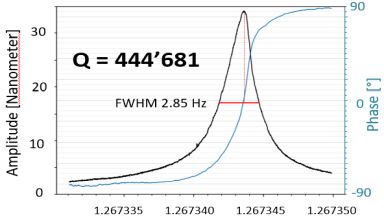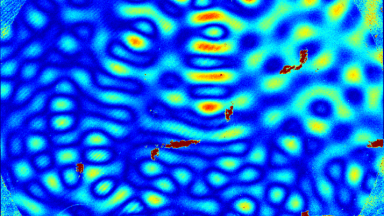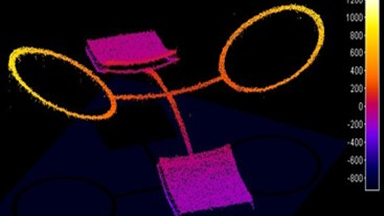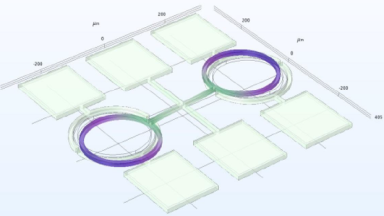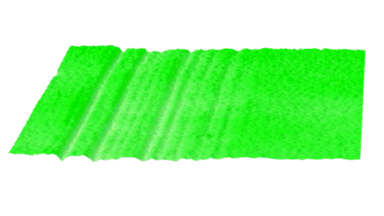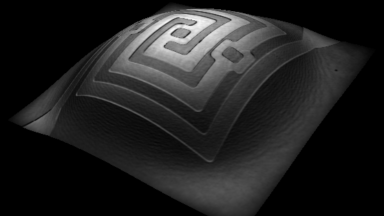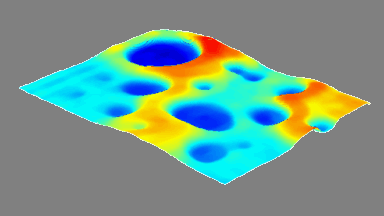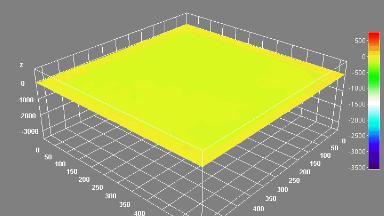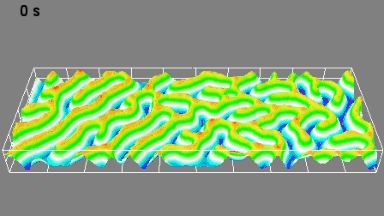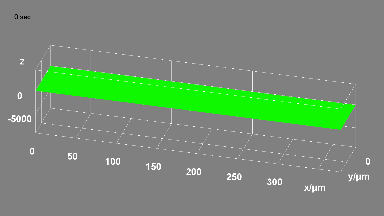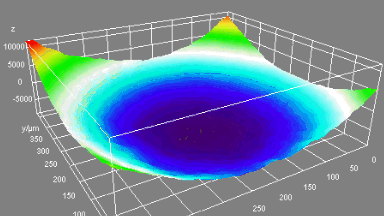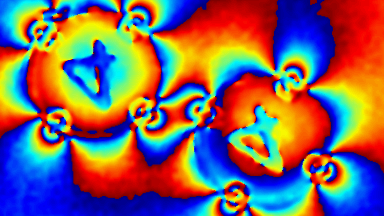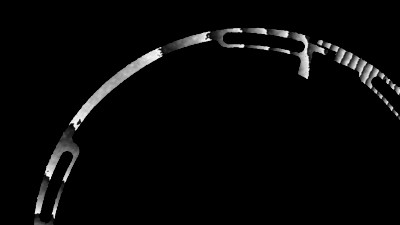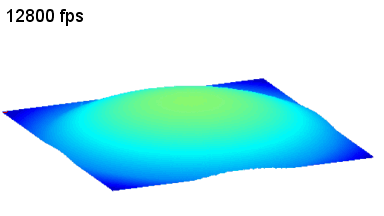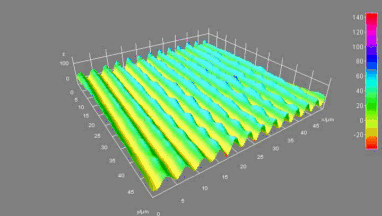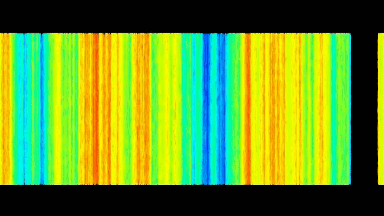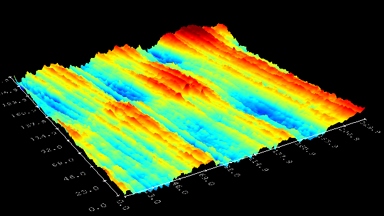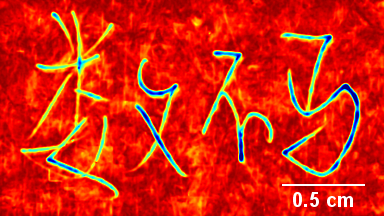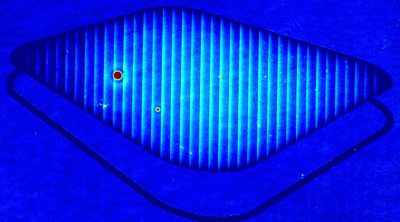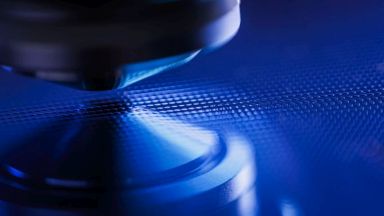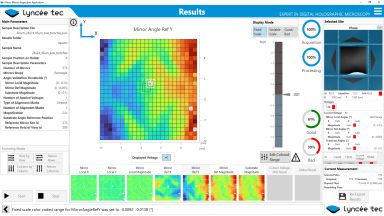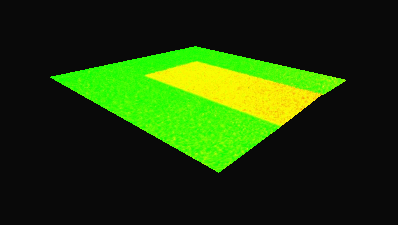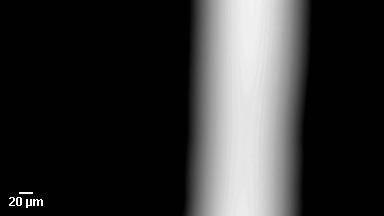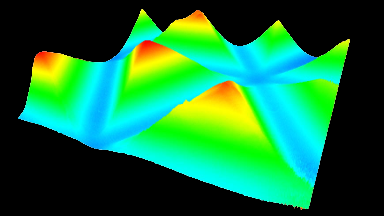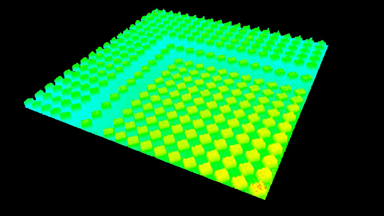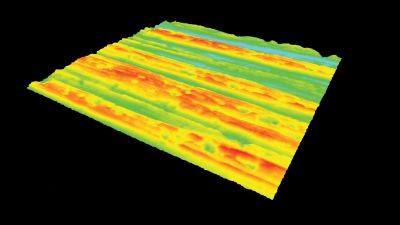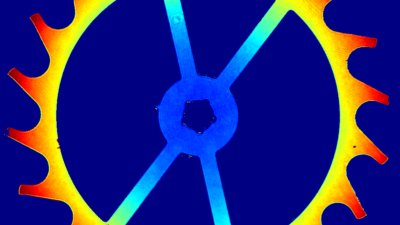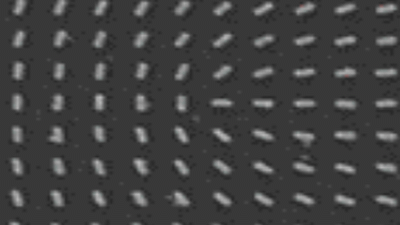离子和水通道 Ion and Water Transport
Electro-neutral ionic transport
Description
Neuronal ionic co-transporters NKCC1 and KCC2 are two neuronal co-transporters involved in Cl– homeostasis and cell volume regulation. Dysfunction of these two co-transporters has consequences on neuronal excitability leading, in extreme cases, to pathogenesis of seizures and chronic neuropathic pain. The fact that NKCC1 and KCC2 co-transport have electro-neutral positive and negative charges makes the study by electrophysiology impossible.
Material and methods
- Biological Model: Primary cultures of cortical neurons prepared from E17 OF1 mice embryos of either sex
- DHM® solution: Non-invasive optical recording of neutral ionic co-transporters.
Results
DHM® is the first imaging technique offering the possibility to dynamically and directly monitor the activities of the two neuronal co-transporters NKCC1 and KCC2 in situ. Moreover, DHM® provides the possibility to pharmacologically characterize NKCC1 and KCC2. This is based on the fact that NKCC1 and KCC2 co-transport ions and water (up to 600 water molecule by charge), an underlying phenomenon which can be optical recorded by DHM®.
Figure 6 (adapted from Jourdain et al., J. Neurosc., 2011)
Publications
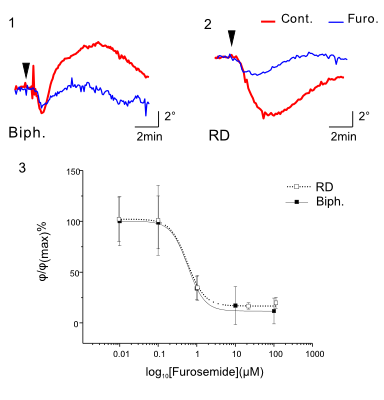
CFTR and the Aquaporin
Description
The passive or active transport of water through a plasma membrane is a concomitant of several cellular processes. Even if the functional involvement of water channels, called aquaporin, is known for two decades, the trans-membrane water movements during cellular processes remain largely unknown. One of the reasons why this area is still under-explored is due to the lack of reliable measurement techniques to directly quantify the trans-membrane water fluxes, at cellular scale, during a physiological (and pathological) situation.
Material and methods
- Biological Model: CHO cells stably expressing the human form of CFTR protein (CHOcftr); Red Blood Cells
- DHM® solution: Non-invasive monitoring of water fluxes
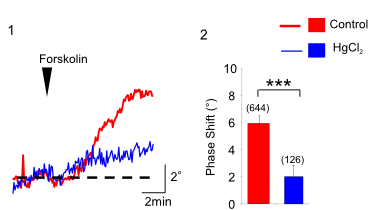
Results
DHM® is the only imaging technique able to monitor in situ net fluxes of water during a cell process (osmotic shock, functional coupling between the epithelial chloride channel CFTR and the aquaporin AQP3). These results open the field for new types of pharmacological investigations (notably the screening of drugs acting on water transporter molecules) and therapeutic approaches.
Figure 5 (adapted from Jourdain et al., JCS, 2014)

